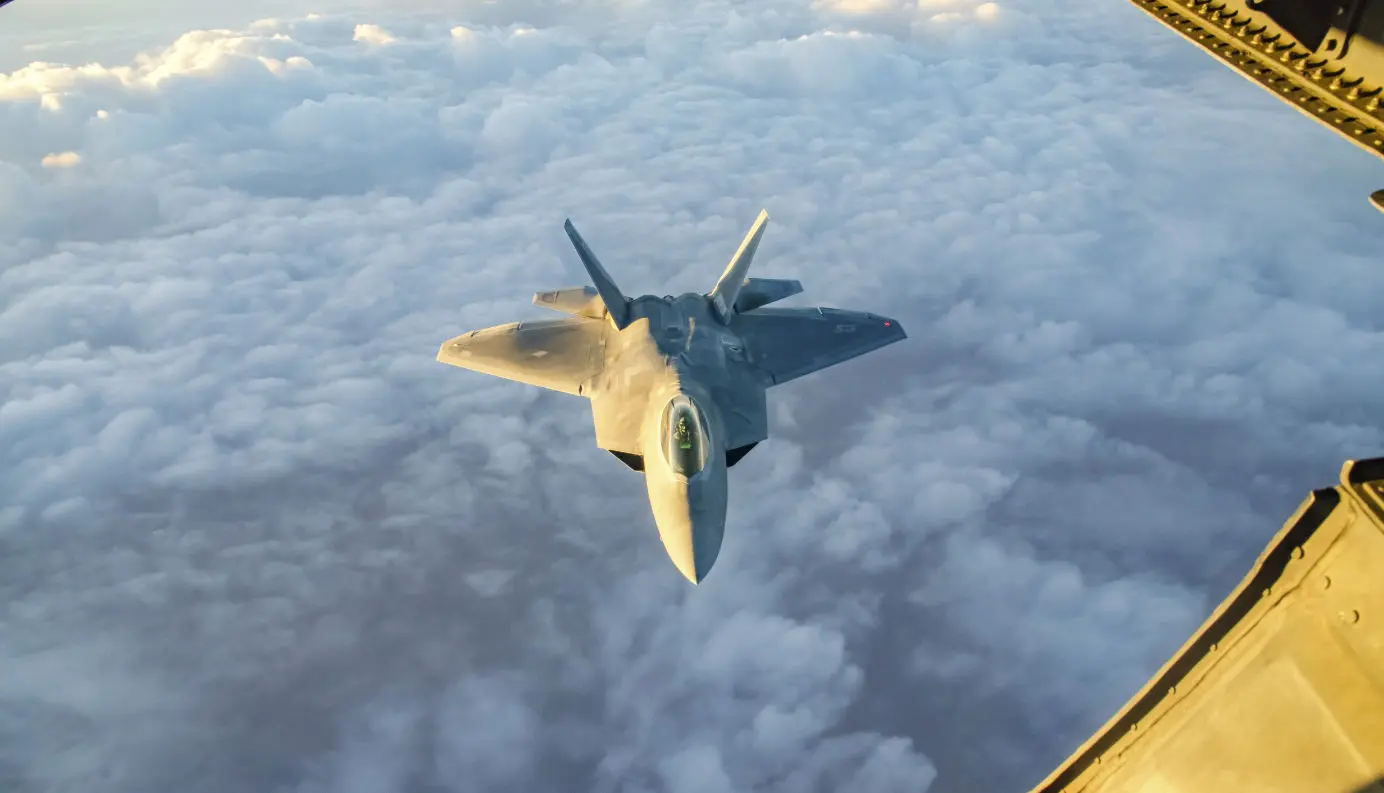
Does the US Navy Have the F-22 Raptor?
Discover if the US Navy has the F-22 fighter jet in its arsenal. Get the answer to this question and learn more about the US Navy's aircraft.
Table of Contents
The United States military boasts some of the world's most technologically advanced weapons systems. Among these, the Lockheed Martin F-22 Raptor, an impressive fifth-generation stealth fighter aircraft, has garnered immense attention and admiration.
However, there seems to be confusion surrounding whether the US Navy operates the F-22 alongside the Air Force. In this blog post, we aim to debunk this popular misconception and shed light on the reality behind the claim.
About the F-22 Raptor
The F-22 Raptor is a fifth-generation air superiority fighter aircraft developed by Lockheed Martin for the United States Air Force. It is characterized by its advanced stealth capabilities, supercruise ability (the ability to sustain supersonic speeds without the use of afterburners), and superior maneuverability.
Its role is to establish and maintain air superiority for the US Air Force. Its combined features allow it to penetrate hostile airspace, engage enemy aircraft effectively, and take control of an airspace. Its primary role is to engage and eliminate enemy aircraft and establish air dominance.
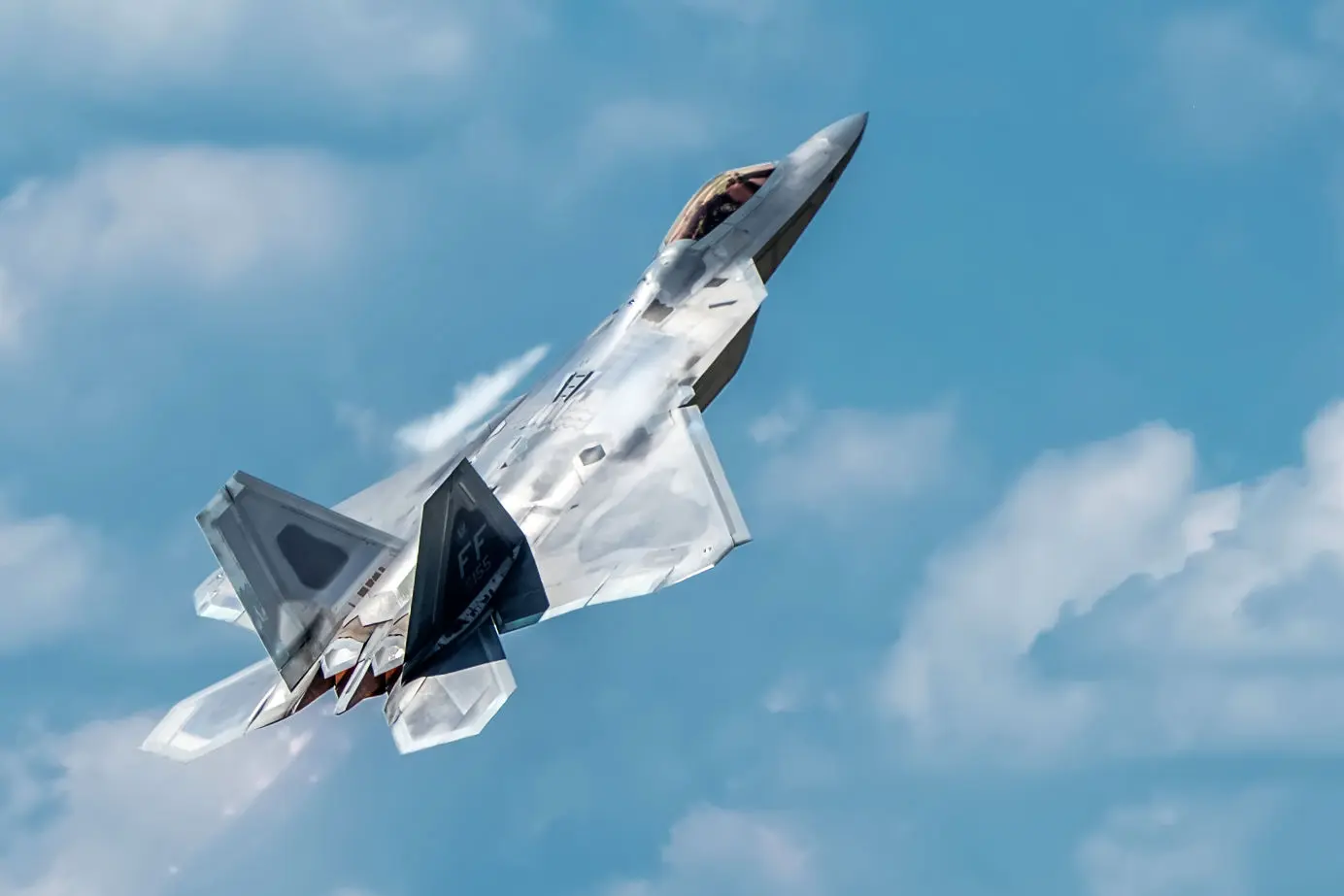
The F-22 incorporates advanced avionics, sensors, and weapons systems, making it highly capable of air-to-air combat scenarios and air-to-ground operations. The F-22 Raptor was introduced into service in 2005 and is considered one of the most advanced fighter jets in the world.
Setting the Record Straight
The F-22 Raptor, developed by Lockheed Martin, is only operated by the United States Air Force (USAF), and the US Navy doesn't have it. This incredible aircraft, officially entered service in 2005, was explicitly designed for air superiority missions and is exclusive to the United States Air Force. No other country in the world has been allowed to acquire the F-22.
Its stealth capabilities, advanced avionics, and unrivaled maneuverability make it an unmatched force in combat. However, despite its remarkable features, the F-22 has never been allocated for use by the Navy because it is not designed for aircraft carrier operations.
Why Can't the F-22 Raptor Be Used on Aircraft Carriers?
As mentioned above, the F-22 Raptor is designed solely as an air superiority fighter and is optimized for air-to-air combat.
One of the main reasons why it cannot be used on aircraft carriers is its size and weight. The F-22 is a large and heavy aircraft, making it challenging to operate and land on an aircraft carrier's relatively small and limited deck space. Its dimensions, including length, wingspan, and weight, are not meant for launch or recovery from aircraft carriers.

Additionally, the F-22 does not have the necessary tailhook, reinforced landing gear, and other specialized components required for carrier operations. These features are essential for aircraft to land and take off on an aircraft carrier safely. The F-22 lacks these components due to its original design focus on land-based operations, where runways are considerably longer than on aircraft carriers.
Furthermore, the F-22's high flight performance is more suited for land-based operations where it can take advantage of its advanced stealth, speed, and maneuverability capabilities. The aircraft's range and payload capacity also make it well-suited for operating from land bases over long distances.
Cost and inventory priorities also played a role. The development and production of the F-22 program were already substantial endeavors for the US Air Force, demanding significant investment in research, procurement, and maintenance. Besides, the Navy had invested heavily in developing and procuring the F/A-18 Super Hornet, which effectively fulfills its specific requirements.
Overall, while the F-22 is an exceptional air superiority fighter, its design and specifications are not compatible with the unique requirements of aircraft carrier operations.
Distinct Roles in the US Military
To better understand why the Navy does not possess the F-22, we must acknowledge the distinct roles and requirements of the two branches. The US Air Force maintains dominance in the skies, protects airspace, conducts air-to-air combat, and delivers precision strikes on ground targets. Consequently, it requires a fleet of advanced fighters such as the F-22.
On the other hand, the US Navy specializes in maritime operations, projecting power from aircraft carriers and defending sea-based assets. As a result, it utilizes its own carrier-based aircraft, primarily the F/A-18 Super Hornet, to execute missions at sea, engage in air-to-air and air-to-ground combat, and provide valuable support to naval operations.
What Aircraft Does the US Navy Use Instead of the F-22?
While the United States Air Force is the exclusive operator of the Lockheed Martin F-22 Raptor, the US Navy employs other highly effective fighter aircraft.
Lockheed Martin F-35C Lightning II
An F-35 variant specifically developed for aircraft carrier operations. Therefore, it comes with a strengthened landing gear, larger wings for more lift, and a tail hook to accommodate the requirements of aircraft carrier operations. Like the other F-35 variants, it features stealth technology, advanced sensors and avionics, a powerful engine, and modern weapon systems, enabling it to perform a wide range of missions.
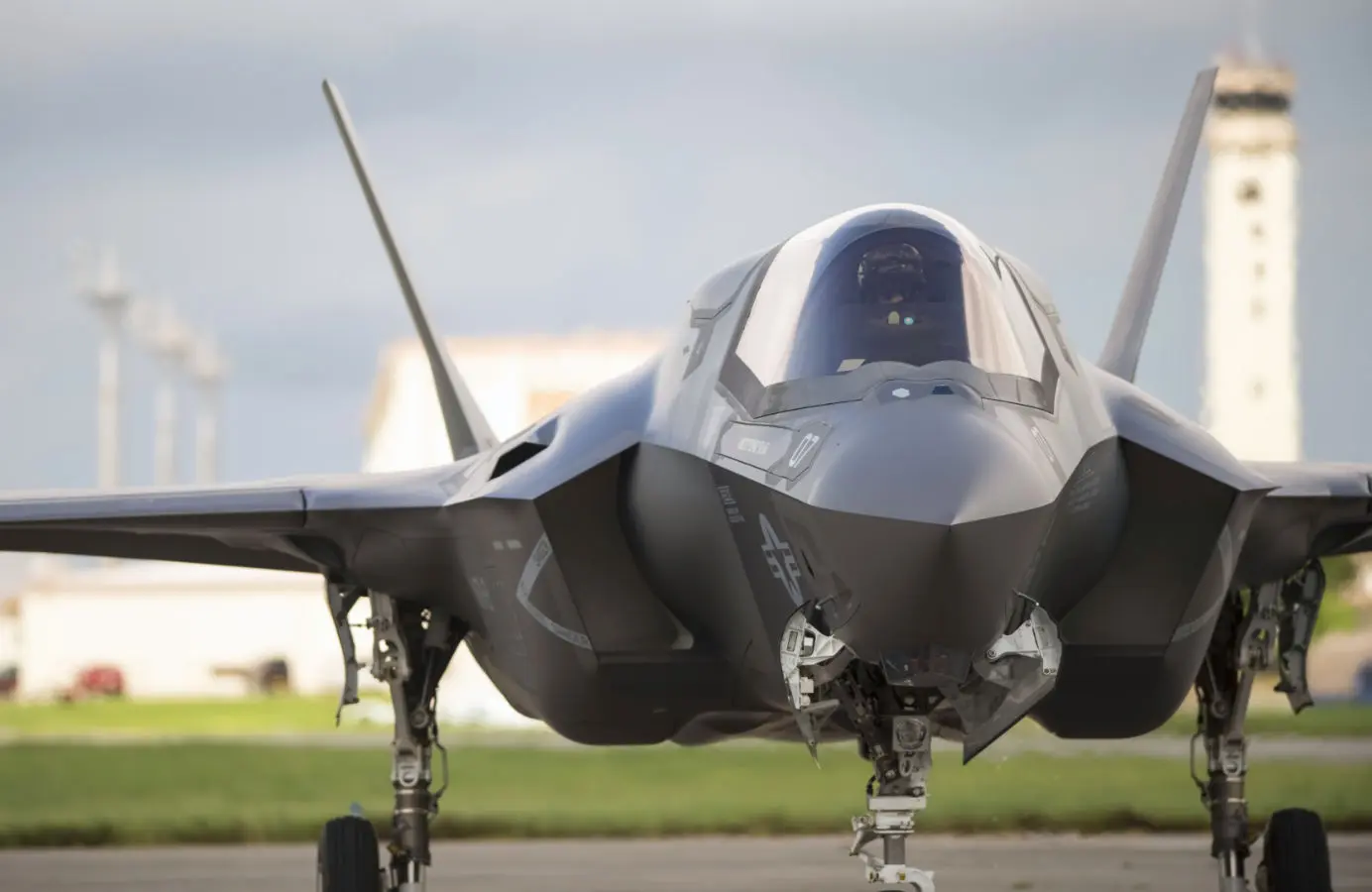
Boeing F/A-18 Super Hornet
The primary strike fighter for the US Navy, capable of both air-to-air and air-to-ground missions. The Super Hornet is an upgraded version of the original F/A-18 Hornet, designed to have more advanced capabilities and expanded mission roles.
Compared to the Hornet, the Super Hornet is larger and has more powerful engines, increasing its range and making it capable of carrying a higher payload. It also has improved avionics and radar systems.
It is equipped with advanced weapon systems, including air-to-air and air-to-ground weapons and precision-guided munitions. It has been used extensively by the US Navy and exported to several other countries for their defense forces.
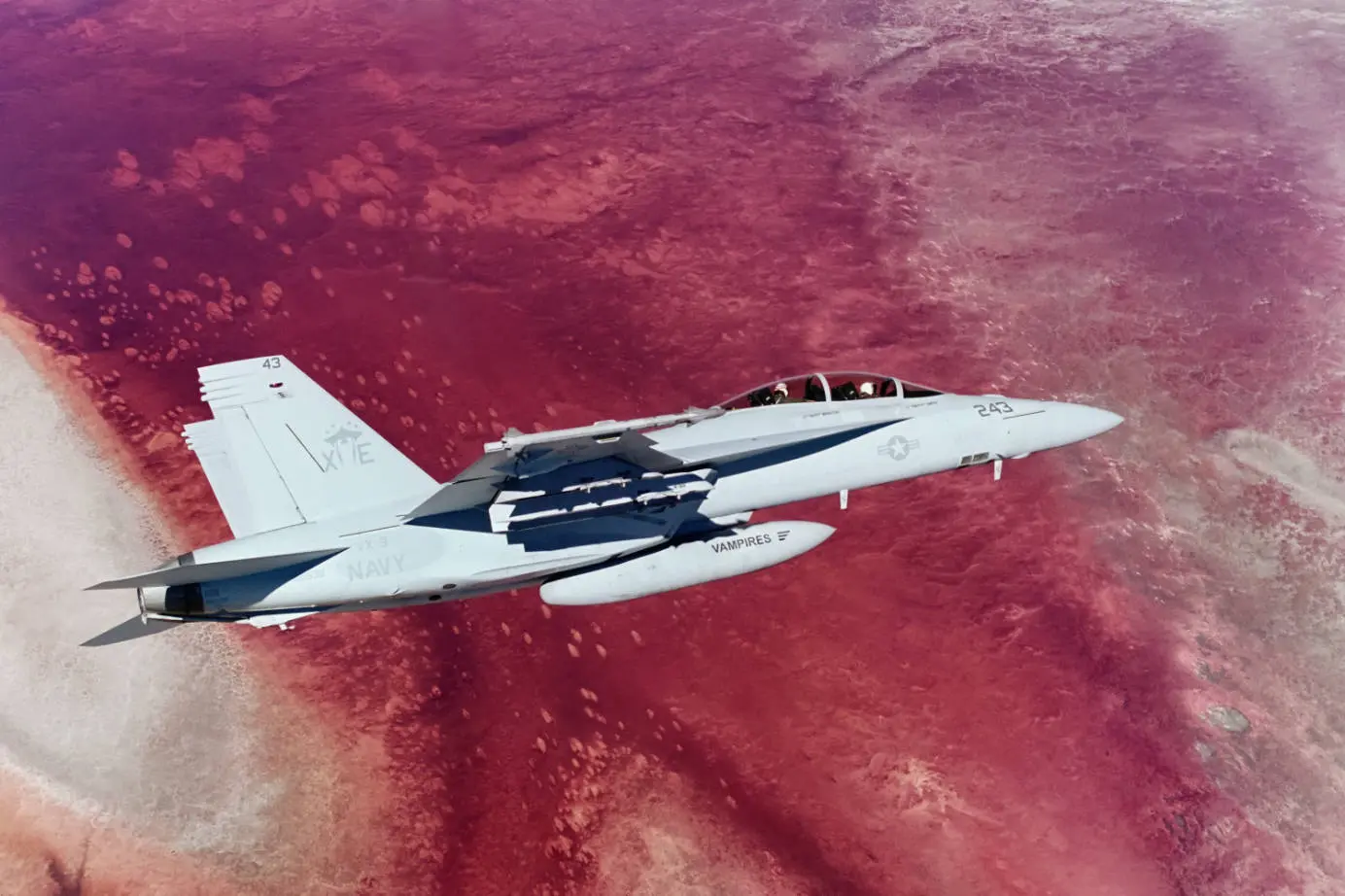
Collaboration Between the US Navy and US Air Force
Despite having different aircraft at their disposal and being two very different branches of the US Military, the Navy and Air Force work together, combining their efforts when needed.
This collaboration is essential in ensuring the defense and security of the United States. Both military branches bring unique capabilities and expertise to the table, and their collaboration enhances the nation's overall military strength.
One significant aspect of their collaboration is joint operations and integrated planning. The Navy and Air Force frequently work together on joint missions and operations, particularly in areas such as maritime security, amphibious assaults, and strategic deterrence.
Training and education programs are another area where the Navy and Air Force collaborate. They often conduct joint exercises, simulations, and training events to enhance their personnel's cooperation, interoperability, and understanding. This cooperation extends to joint schools, where officers and enlisted personnel from both branches receive specialized training.
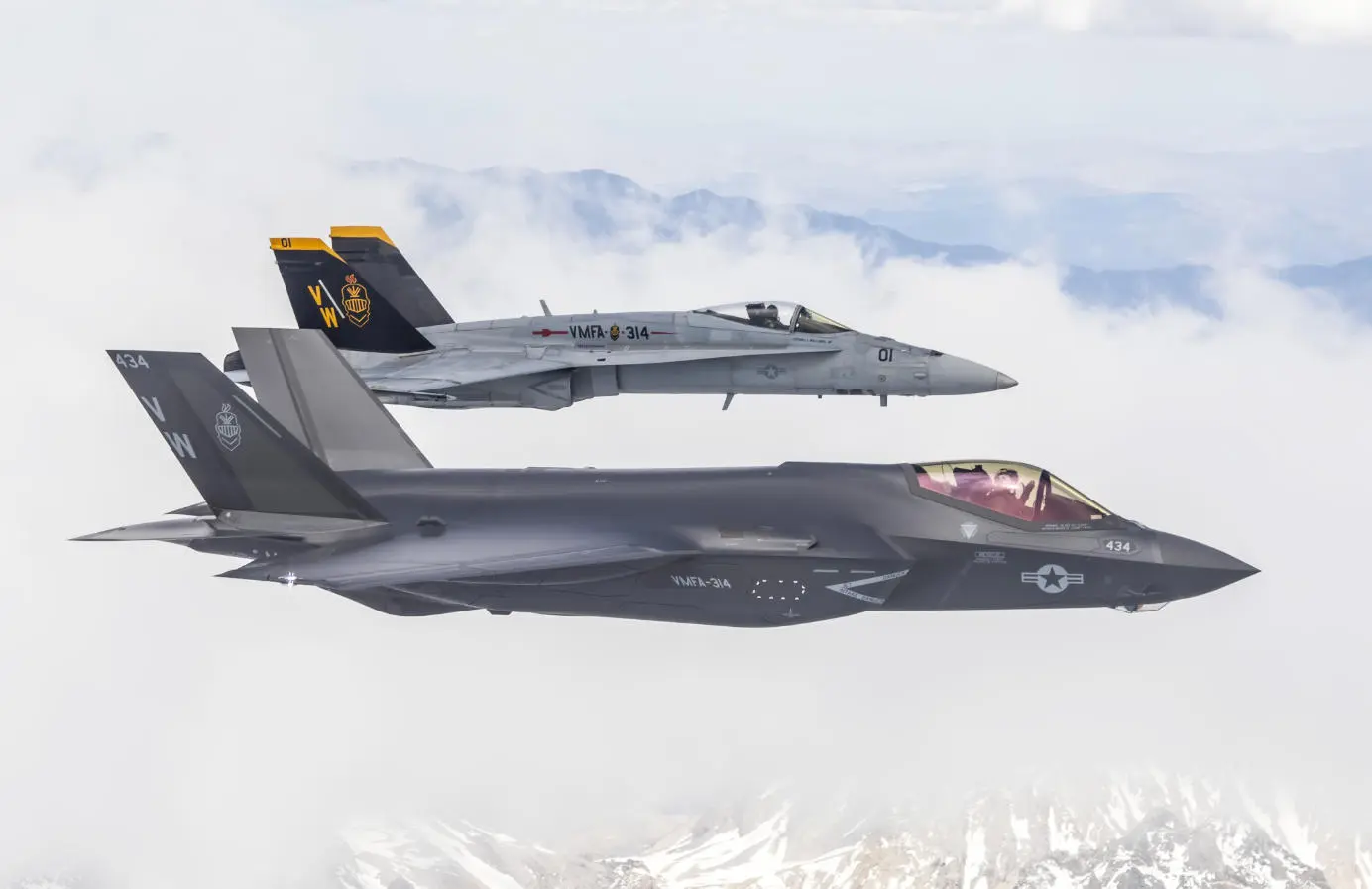
Finally, the Navy and Air Force collaborate in sharing intelligence, surveillance, and reconnaissance data to reach a comprehensive picture of potential threats and enable joint decision-making in real-time. This shared situational awareness reinforces the effectiveness and coordination of military operations.
Conclusion
While the F-22 Raptor undoubtedly stands as an exceptional aircraft within the US Air Force arsenal, it does not find a place within the US Navy's aircraft carrier operations. Each branch has unique mission requirements and focuses on developing specialized platforms to fulfill those needs.
The US Navy continues to rely on its carrier-based aircraft, particularly the F/A-18 Super Hornet, for its maritime operations and proven combat capability. Understanding the reasoning behind the Navy's choice helps dispel the myth that claims the F-22 is an active part of the US naval forces.
As we look towards the future, both branches will continue to evolve their respective aircraft fleets to adapt to emerging threats, ensure dominance in their operational domains, and maintain the United States' air and maritime superiority.
Also read:
Planenerd Newsletter
Join the newsletter to receive the latest updates in your inbox.






